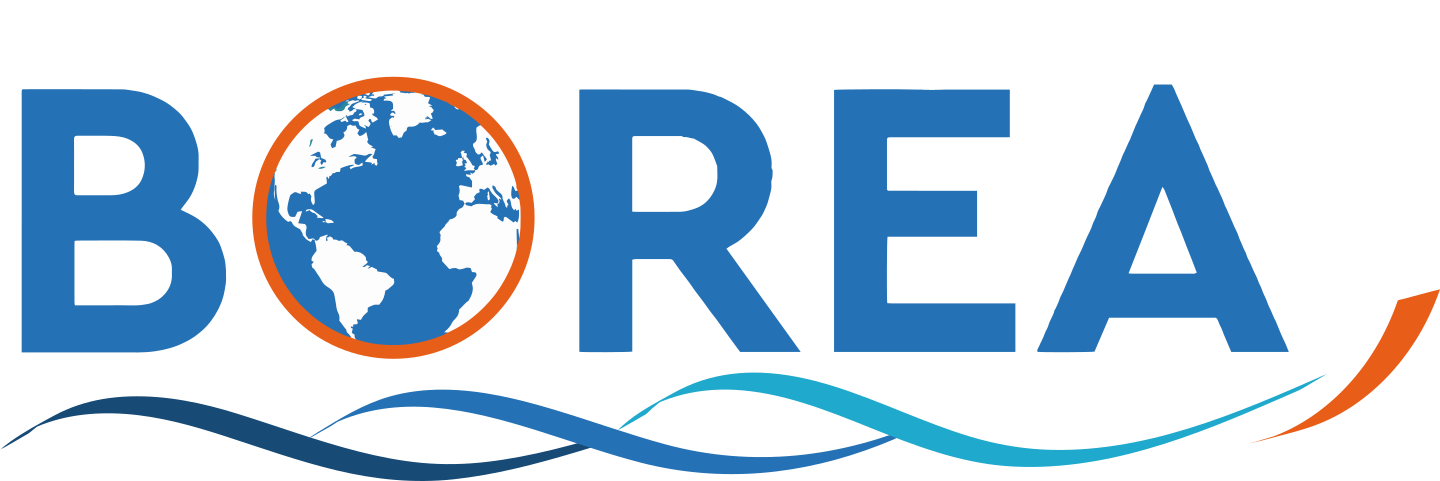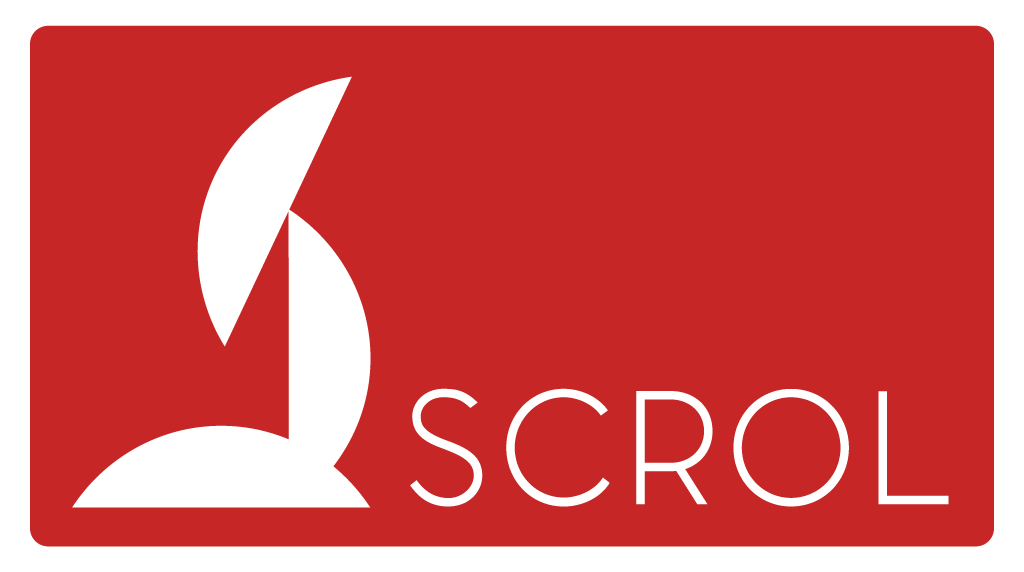Journal
Extracellular enzymatic activities constitute the first and limiting step of the whole process of organic matter (OM) cycling in aquatic ecosystems. This study aims to identify the factors controlling prokaryotes ability to hydrolyse OM in an Indo-Pacific tropical mangrove ecosystem (Can Gio, Vietnam). Prokaryotic abundance and leucine-aminopeptidase exo-proteolytic activity (EPA) were measured at vertical (from the sea-surface microlayer to bottom waters), spatial (along a transect within the estuary) and seasonal (wet and dry season) scales. Prokaryotic abundance ranged from 1.2 to 5.7 × 109 cells L−1 and EPA ranged from 24 to 505 nmol L−1 h−1 that was relatively similar to other highly productive ecosystems. The estuary was poorly stratified, most probably because of high water turbulence. Yet, exo-proteolytic activity was significantly higher in bottom waters, where higher loads of suspended particulate matter were measured. Seasonal and spatial differences in EPA suggest that the nature of OM transported by the Can Gio mangrove estuary affect EPA. The latter seems to be increased by two “uncommon” situations: the input of fresh and labile OM (e.g. shrimp farm effluents) or the lack of labile OM and the need to hydrolyse refractory compounds (e.g. during the dry season).

